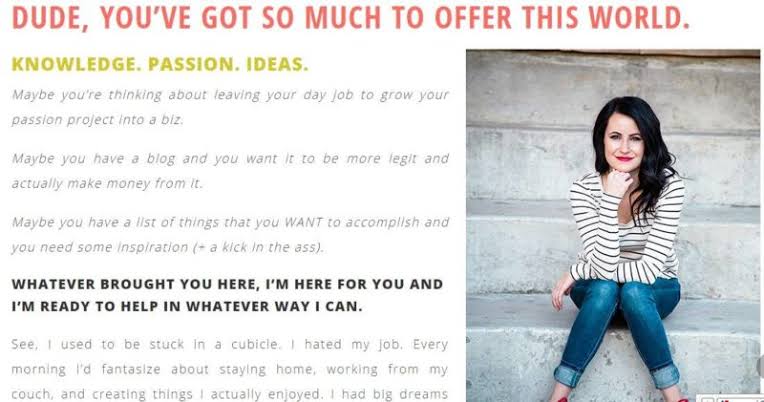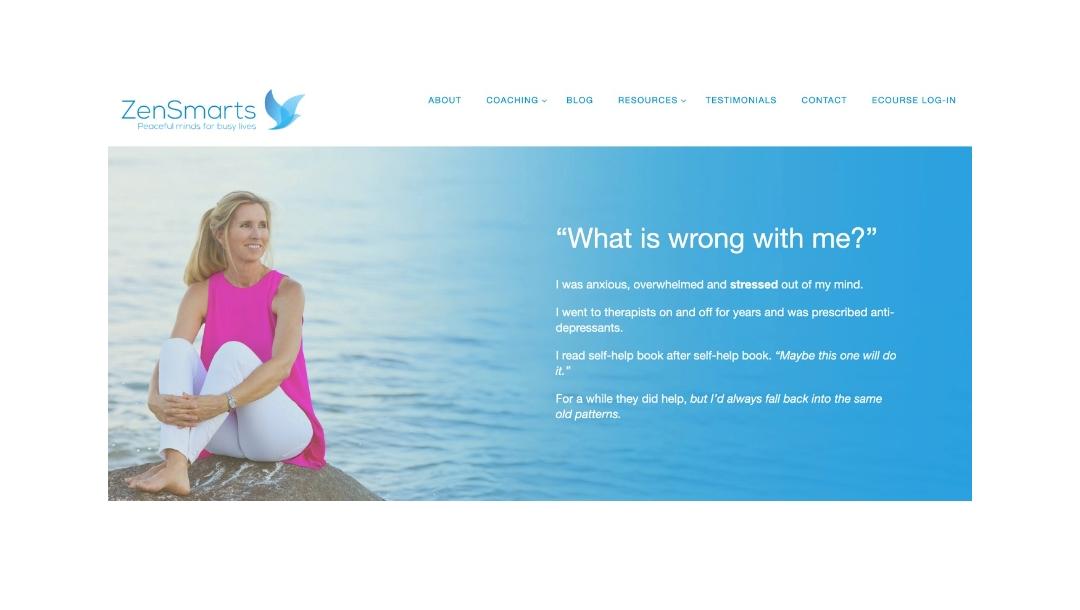It takes about 0.05 seconds for a potential user to form an opinion about your website, and in between that time, they decide whether they will stay or leave. According to Google Analytics, it stated that is about page one of the ten most visited pages for small business owners. And for coaching websites, it is more important because people go to an “about” page because they are interested in the person they are intended to do business with. They want to know who will be teaching them and what you care about. So, it’s super important that your about page is professional as well as what we say “snatched”, so you can guarantee a good fit for your client.
Before we start, answer these few questions:-
- Where are you in the process of writing your “about me” page?
- Are you in the phase of researching and getting ready to write?
- Or, you already have a write-up and you are here to see if you should go on with it?
No matter what phase you are in, you will get something helpful out of this article. When you are new to your coaching business and writing about me pages can be tricky and it can really help to have a little bit of guidance. So, let’s talk about what traits a perfect “about” page follows that get clients.
Recommended Read: Reasons why coaches must have a blog on their sites
Resonate with the potential:
To be honest, there’s no perfect way to write an “about” page and when you are looking online at different styles, it can be really confusing because there are countless options. What is more appropriate is that those who resonate with the potential, and highlight problems that can help others to solve while talking about themselves.
A journey:
- A coach helps people solve a specific problem and get a specific outcome. So, an about me page would open with the different challenges and struggles that they went through or experiences and scenarios that they have watched themselves and didn’t like how they went.
For example:- Sharing Previously failed businesses, the consequences like the amount of money they lost in the process, stating those things are a great example of real struggles that particular coach had at one time and that relates to the potential clients.
- Next part of the story’s journey, they clearly it what they did to overcome the challenges for themselves, or how they helped someone else through those challenges. This part usually contains the simple answers to a few questions: 1) did they take any additional training? 2) did they have any kind of self transformations 3) or, did they find a new method that makes it easier?
For example:- compare the difference between their failed business and a successful one side by side, realizing the mistakes they made and they know they could help that knowledge to help other coaches to find a profitable message and market.
- The next part of the story’s journey states what life is like after they have experienced the outcome.
So, an “about me” page should take the reader on a mental journey. The goal is to get them to see themselves in the story and then get them to conclude that if that person is able to achieve this outcome, they can too.
Personal details:
A good “about me” page should have a personal detail section, such as life, family, and hobby. But note that the pages that start with personal info that potential clients do not relate to will be a bad idea as it’s going to appear less interesting for them.
Recommended Read: 25 Examples of Impressive Contact Pages of Coaching Sites
Call to action:
A perfect “about me” page always should end with a ‘call-to-action’ section. If the potential customer decides that you can help them a call to action tab will help them to know what to do next. It can be in the form of a free call booking or email for more info, it can be anything to contact you.
No matter how you write it a perfect “about” page should have a clear answer to three questions:-
- Does it highlight the challenges your ideal client has?
- Does it highlight what outcome you did to overcome these challenges?
- Does it highlight what life is like after the transformation?
Here are catchy “about” page examples:-











